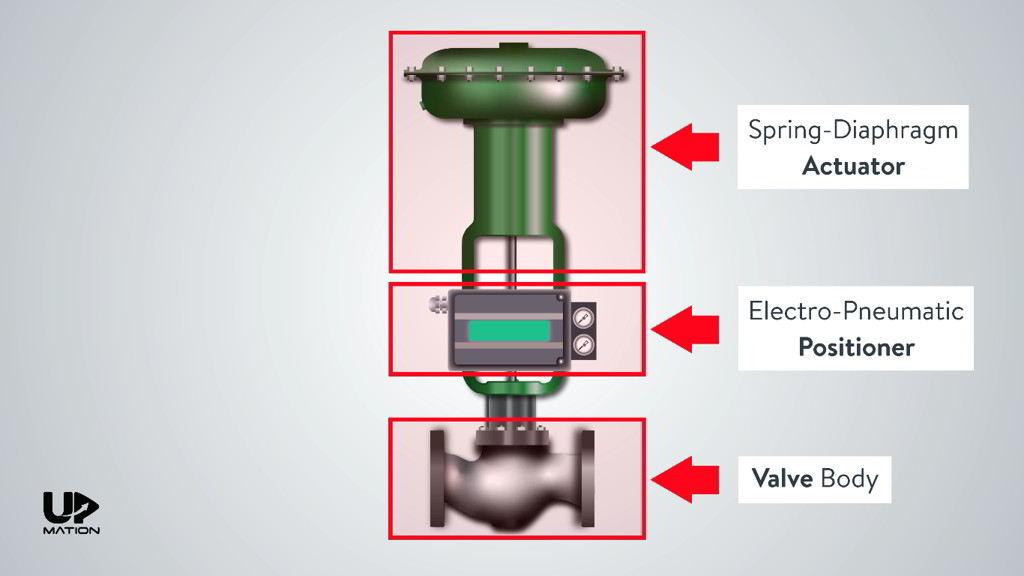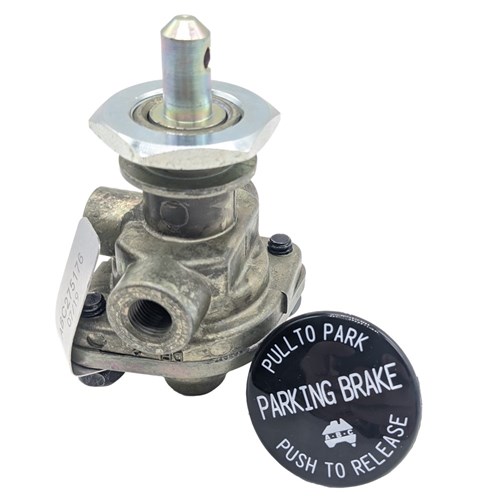
Maximize Energy Cost Savings and Comfort With Advanced Structure Automation Controls
In the world of contemporary architecture and center monitoring, the combination of advanced building automation controls stands as a pivotal advancement. The merging of modern technology and sustainability has actually birthed a new era where energy effectiveness, comfort optimization, and operational streamlining are no more attainable facts but distant aspirations. By taking advantage of the power of automation, structures can adjust, react, and evolve in ways that were as soon as unthinkable. The potential for substantial power cost savings and boosted comfort is not simply a possibility however a guarantee waiting to be fulfilled. This standard shift in structure administration holds the key to opening a world where ecological conscientiousness and resident well-being sympathetically exist side-by-side within the wall surfaces of our frameworks.
Power Efficiency Advantages
Power performance advantages can significantly minimize power intake and operational costs in buildings. By applying energy-efficient methods and innovations, structure proprietors and drivers can attain significant savings while also contributing to ecological sustainability. Among the primary advantages of enhancing power performance in structures is the reduction of utility expenses. Energy-efficient systems, such as sophisticated structure automation controls, can optimize using sources like home heating, lights, and air conditioning, causing lower energy expenses in time.
In addition, boosted energy performance can extend the life expectancy of structure tools and systems. By operating much more efficiently, HVAC systems, lighting components, and various other structure parts experience much less wear and tear, leading to minimized maintenance and substitute prices. In addition, energy-efficient structures commonly regulate greater property worths and rental rates, providing long-term monetary advantages to proprietors.
Additionally, power effectiveness can boost resident convenience and productivity. Effectively regulated interior environments with ideal lighting and thermal conditions develop a more positive and helpful work area, leading to boosted staff member contentment and efficiency. In general, the energy efficiency benefits related to innovative building automation controls are complex, including cost savings, ecological stewardship, and passenger wellness.
Improved Convenience Control
Enhancing comfort control in building environments requires an advanced assimilation of advanced automation systems for ideal resident health. By making use of innovative building automation controls, facilities can tailor the interior environment to meet the particular needs and preferences of residents. control valves.
By incorporating these innovative controls, structures can not just boost comfort yet likewise improve power efficiency by maximizing system procedures based on actual tenancy and use patterns. Eventually, focusing on occupant convenience via sophisticated automation systems leads to an extra pleasurable and much healthier indoor atmosphere.
Operational Performance Improvements

Additionally, the execution of real-time monitoring and analytics tools enables building operators to identify energy inefficiencies and functional anomalies without delay. By continually keeping track of energy usage patterns and system efficiency metrics, changes can be made in real-time to maximize energy consumption and make certain peak functional effectiveness. control valves. Additionally, incorporating need feedback techniques right into structure automation controls can even more improve functional efficiency by dynamically changing power usage based upon grid problems and pricing signals
Indoor Environment Optimization
Effective interior climate optimization is an essential element of structure automation controls, making sure residents' convenience and health while making best use of power savings. By utilizing advanced sensors and controls, building automation systems can continuously adjust and monitor temperature, humidity degrees, air top quality, and air flow to develop an optimum interior atmosphere. Preserving constant and comfortable problems not just boosts occupant fulfillment yet additionally improves efficiency and general well-being.
Interior environment optimization likewise plays a crucial duty in power effectiveness. By fine-tuning cooling, heating, and air flow systems based upon real-time information and occupancy patterns, building automation controls can considerably decrease power usage - control valves. As an example, executing techniques such as demand-controlled ventilation and thermal zoning can aid lessen energy waste while guaranteeing that each area of the building obtains the needed conditioning.

Lasting Setting Production
Building automation regulates not just optimize interior environment problems for find out this here power efficiency and passenger convenience yet also lay the structure for developing a sustainable environment with strategic management of systems and resources. By integrating advanced building automation technologies, such as sensing units, actuators, and intelligent software, facilities can monitor and change power usage in real-time site to lessen waste and decrease their carbon impact. These systems allow predictive upkeep, recognizing possible problems before they escalate and optimizing tools efficiency to improve long life and effectiveness.
Furthermore, lasting atmosphere creation prolongs beyond power management to encompass water preservation, waste reduction, and interior air quality renovation. Structure automation controls can regulate water use, find leaks, and make certain appropriate garbage disposal techniques, adding to overall sustainability efforts. In addition, by managing and monitoring air flow and purification systems, these technologies boost occupant health and wellness and performance while decreasing energy intake related to a/c procedures.
Conclusion
Finally, progressed structure automation controls offer considerable advantages in terms of energy cost savings, convenience control, functional efficiency, indoor climate optimization, and developing a lasting environment. By executing these controls, structures can achieve ideal efficiency while lowering power intake and improving occupant comfort. It appears that using innovative automation modern technology is essential in improving building performance and producing an extra lasting future.
Power performance advantages can dramatically reduce energy consumption and operational costs in buildings. Generally, the power performance benefits connected with innovative building automation controls are multifaceted, encompassing cost savings, ecological stewardship, and resident well-being.
In addition, integrating demand response strategies right into building automation controls can even more boost functional effectiveness by dynamically adjusting energy use based on grid problems and pricing signals.
Structure automation regulates not only optimize indoor climate conditions for energy effectiveness and Clicking Here passenger comfort yet likewise lay the structure for developing a lasting setting with strategic management of systems and resources.In final thought, advanced structure automation regulates offer significant benefits in terms of power cost savings, convenience control, operational performance, indoor environment optimization, and creating a sustainable setting.